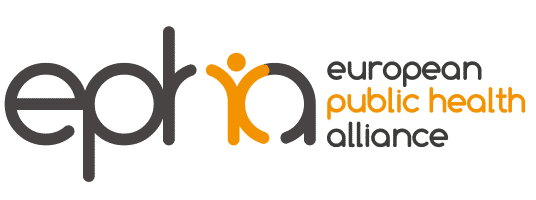By Luana F.J. Swensson, Food and Agriculture Organization of the United Nations
The Alliance of Bioversity International and CIAT, the Federal University of Rio Grande do Sul (Brazil), and the Food and Agriculture Organization of the United Nations (FAO) have recently launched a book on “Public Food Procurement for Sustainable Food System and Healthy Diets”. With the contribution of over 100 authors covering experiences from 32 countries in Africa, Asia, Europe and North and South America, it represents one of the most comprehensive contribution on the topic to date. The book builds on the increasing recognition of Public Food Procurement (PFP) initiatives – including, in particular, school feeding programmes – as a game changer for food systems’ transformation and the promotion of healthy diets.
The Potential of Public Food Procurement
Transforming food systems to improve access to healthy diets presents great challenges and requires comprehensive approaches. PFP can play a significant role and provide several entry points for the transformation of food systems, as also recognized by the United Nations Food Systems Summit.
Indeed, one of the key characteristics of PFP is its potential to impact all different components of the food system. Considering the extent of the demand for food from the public sector, PFP initiatives have the potential to influence both food consumption and food production patterns, and eventually to deliver multiple social, economic and environmental benefits that can contribute to more sustainable and healthy diets.
How these effects play out depends on how public procurement choices are made, such as:
- what food will be purchased (e.g. local, diverse, nutritious, and culturally adequate);
- from whom (e.g. from local and/or family farming producers, small and medium food enterprises, women and youth); and
- from which type of production (e.g. from agricultural production that ensure environmental sustainability and biodiversity).
In particular, by creating a demand for certain types of food products, governments have the power to set positive trends. They can send strong signals about government ambitions on the future directions of the food system. Such signals have the power to incentivize supply chain actors to align their values and practices accordingly and thus foster a transition towards sustainable food production and consumption.
How to Implement Public Food Procurement
The book published by FAO and partners, analyses the connections between food procurement and sustainable development, and explores the multiple potential benefits and beneficiaries of PFP, its instruments, enablers and barriers. This publication collects lessons learnt and experiences from the implementation of PFP in Europe and other continents.
Rather than discussing whether governments should use PFP as a development tool, it focuses, on the how:
- How to best use PFP as a strategic tool to improve sustainability and trigger the transformation of food systems?
- How to maximize benefits and reach most beneficiaries?
- How to improve our understanding of the instruments, enablers and barriers that promote or hold back sustainable PFP?
- How to achieve a balance between the role of the state and that of private actors?
Take a look at this publication to find out more!
Disclaimer: the opinions – including possible policy recommendations – expressed in the article are those of the author and do not necessarily represent the views or opinions of EPHA. The mere appearance of the articles on the EPHA website does not mean an endorsement by EPHA.

